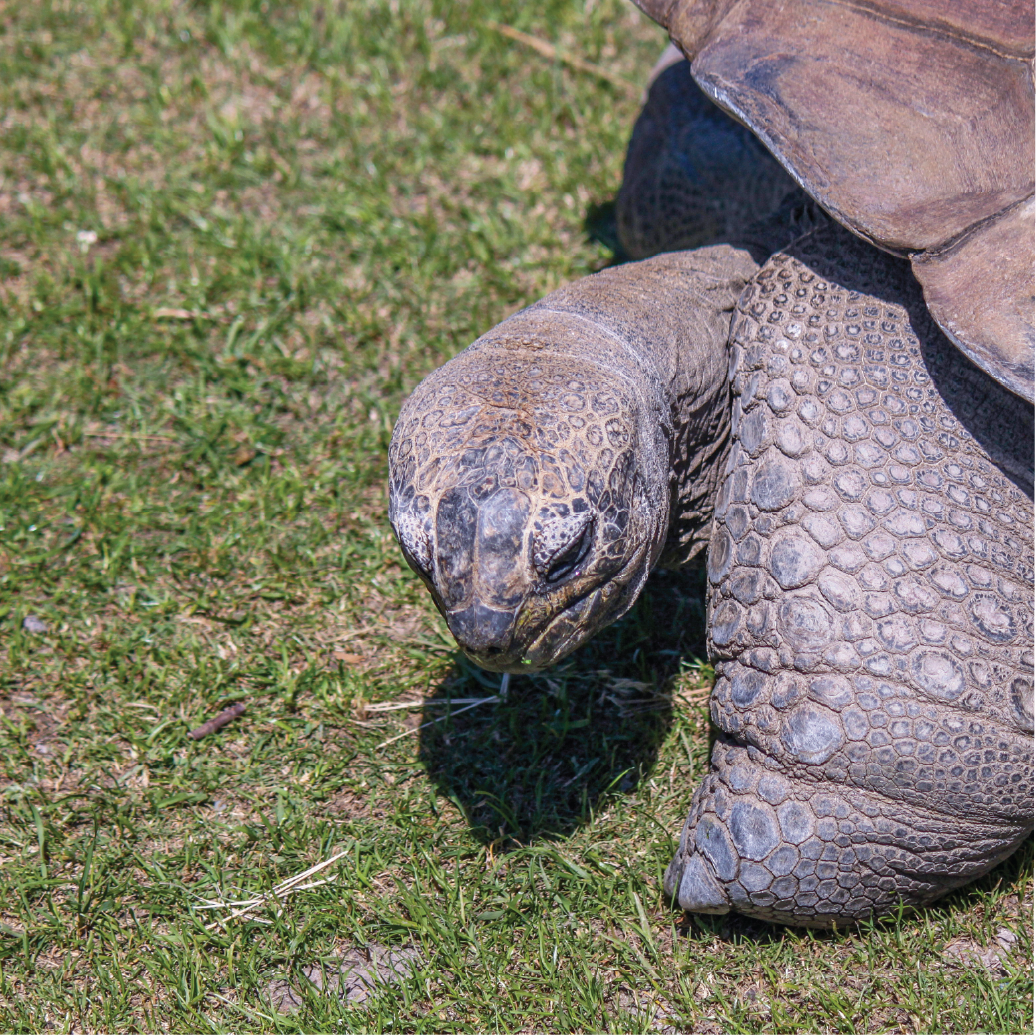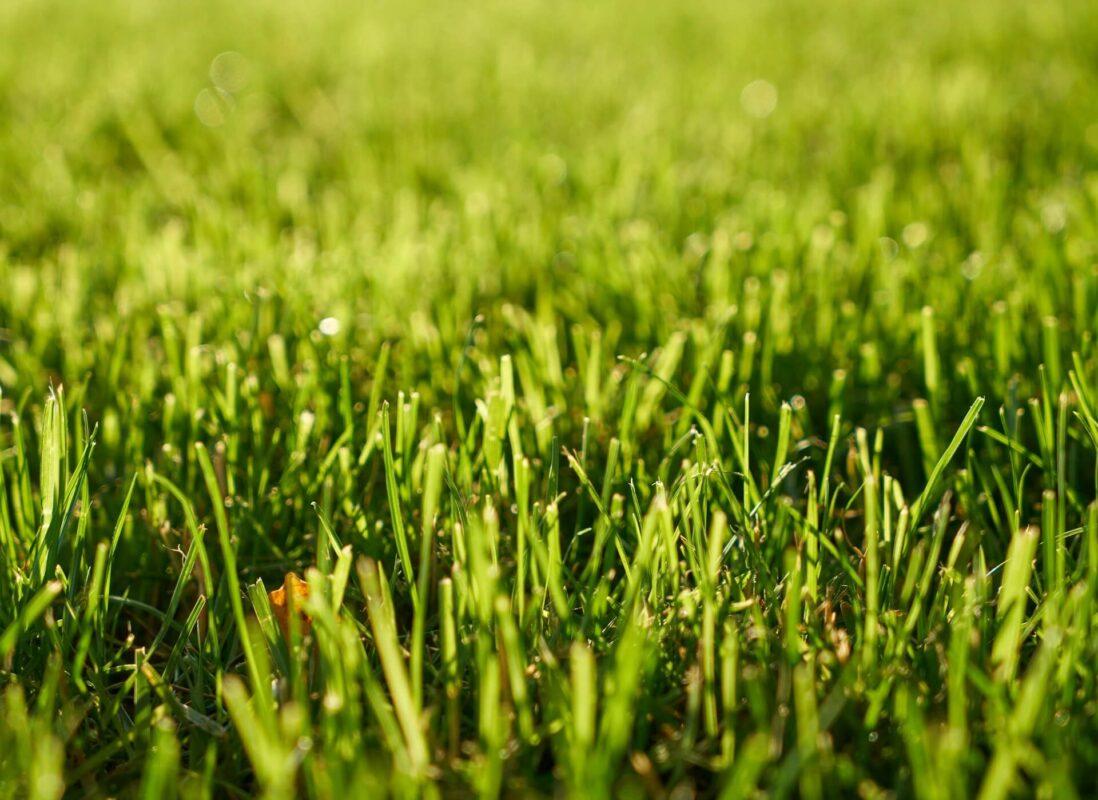
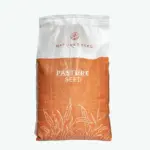
A versatile grass seed mix for grazing and habitat, Tortoise Forage Mix combines 8 drought-tolerant species (bluestem, wheatgrass, fescues, orchardgrass, buffalograss, bermuda, blue grama) to create lush pasture from the Great Plains to the Southwest. Ideal for cattle, sheep, goats, and wildlife, it delivers year-round forage and erosion control in Zones 4–9.
Specifications
Sun Requirement
Full Sun to Partial Shade
Soil Preference
Adapts to most soils
Soil pH
pH 6–8
Time to Maturity
7-21 days
Height when mature
Can reach up to 3 ft;
Seeding Rate
20 lb/acre
Planting Depth
¼–½ in
Check your ZIP code to know if this seed works for you
Check Your ZIP Code
×Enter your ZIP code to see if this seed works in your region:
- Tortoise
Why Choose This Seed?
What is in the Mix?

Drought Performance
This mix is built for dry conditions. It includes drought-tolerant native warm-season grasses like Little Bluestem, Buffalograss, and Blue Grama, which thrive in heat and low rainfall. Deep roots and sod-forming growth help the stand persist through dry spells. Western Wheatgrass and Bermudagrass extend green forage into summer, while cool-season grasses like Fescue and Orchardgrass also handle moderate drought once established. Overall, it’s a resilient pasture option where many turfgrasses struggle.
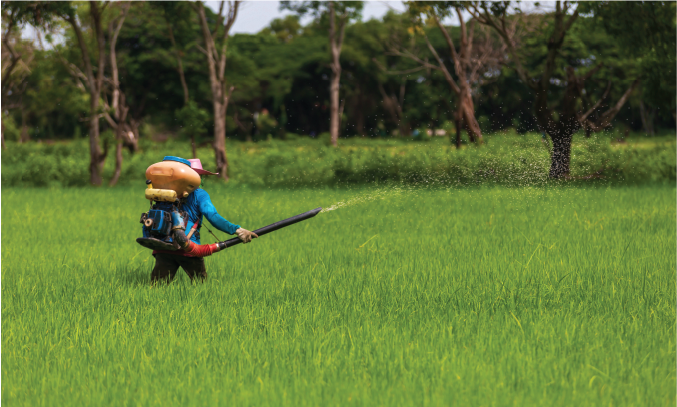
Low Maintenance
Once established, this mix is very low-maintenance. Native grasses like Buffalograss and Little Bluestem form dense sods that suppress weeds and thrive on rainfall alone, needing little to no irrigation or fertilization. Endophyte-free fescue and Bermudagrass add vigor without toxicity, supporting long-term forage safety. These species also stabilize soil and prevent erosion. With basic grazing rotation and an occasional mow or light fertilization, this pasture remains productive with minimal ongoing effort—truly a “set it and forget it” option.
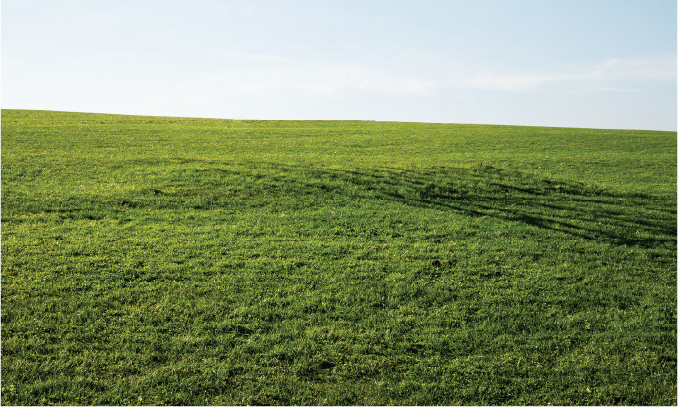
Erosion Control
This mix is excellent for erosion control. Deep, fibrous, and rhizomatous roots from species like Western Wheatgrass, Tall Fescue, Orchardgrass, and Buffalograss anchor soil and stabilize slopes. Bermudagrass also resists scouring and is often used on mine sites for soil retention. Together, these grasses provide rapid ground cover, slow runoff, trap sediment, and offer long-term stabilization—ideal for degraded sites, riparian zones, and pasture areas with minimal reseeding needed.
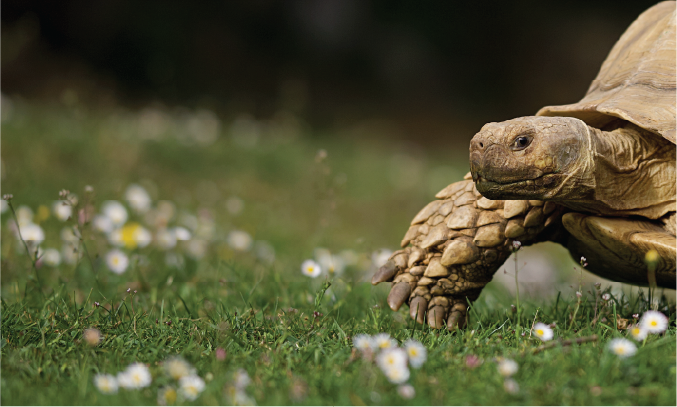
Grazing Resilience
This mix offers highly palatable, grazing-tolerant forage. Western Wheatgrass is a top spring forage for livestock and wildlife, while Bermudagrass and Buffalograss are cattle favorites. Cool-season grasses support spring/fall grazing, and warm-season species carry forage through summer. Most are bunchgrasses with basal growth points, making them resilient to defoliation.
Rotational grazing is ideal—leave 40–50% stubble on Western Wheatgrass and graze Buffalograss lightly for regrowth. Blue Grama handles close grazing well due to its low growth habit. Overall, this mix supports sustainable, intensive grazing for cattle, sheep, goats, and wildlife.
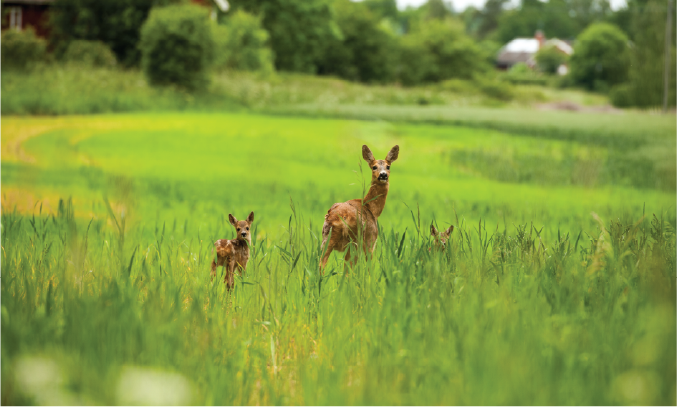
Wildlife & Pollinator Habitat
Beyond livestock, Tortoise Forage Mix supports rich wildlife habitat. Little Bluestem hosts butterfly larvae and offers winter shelter for insects and pollinators. Songbirds feed on its seeds, while Buffalograss provides soft turf and cover for birds and small mammals. Red Fescue stays green under snow and is grazed by deer and elk. The mix offers structural diversity and seasonal forage, with frost-cured stems palatable in winter and clumping grasses ideal for bumblebee nesting. It’s an excellent choice for conservation-focused landowners looking to support prairie and meadow wildlife year-round.
What is in the Mix?
Seed Description
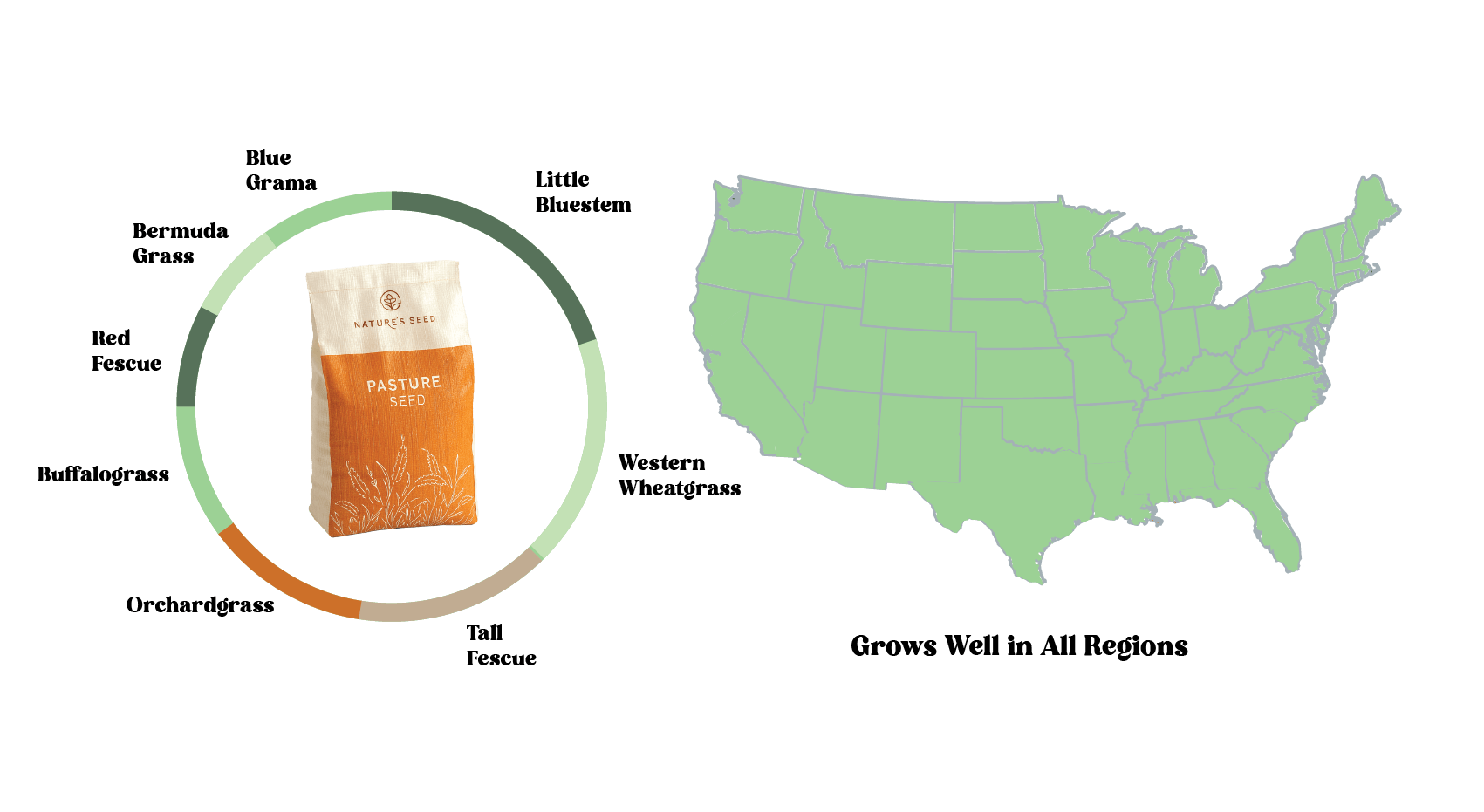
Product Details
Sun/Shade
Prefers Sun
Height
~3 ft
Seeding Rate
~20 lb/acre
Uses
Grazing/pasture, forage/hay production, erosion control, habitat restoration, native lawns.
Color
Summer: blue-green to medium green; Autumn/Winter: golden-brown to copper tones (varies by species).
Water
Low–moderate; drought-tolerant once established.
Native/Introduced
Native
Life Form
perennial grasses
Product Uses
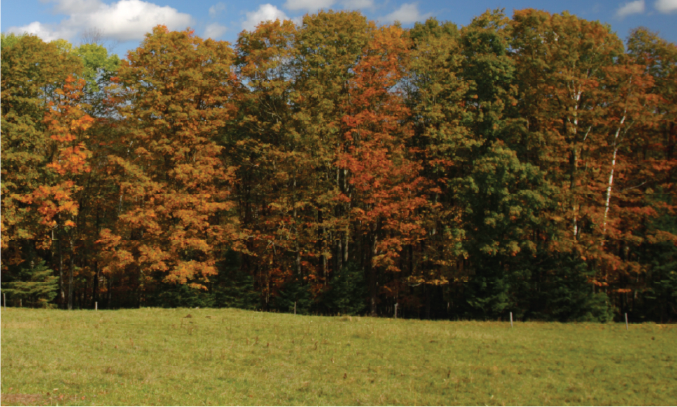
Season-Long Forage for Livestock
This mix delivers high-quality, season-long forage for cattle, sheep, goats, and horses. Bermudagrass and Western Wheatgrass are highly preferred by cattle, while Orchardgrass and fescues boost spring nutrition. The combination of cool- and warm-season grasses fills feed gaps from early spring through fall. It performs well under rotational grazing or haying, with forage tests showing good protein levels (8–12%) and digestibility. With proper stubble management, it’s a versatile, productive option for pasture or hay use.

Reliable Erosion Control & Restoration
This mix stabilizes slopes, streambanks, and disturbed ground with deep roots and dense turf. It establishes fast after fire or construction and provides lasting cover, great for reclamation and conservation seeding.
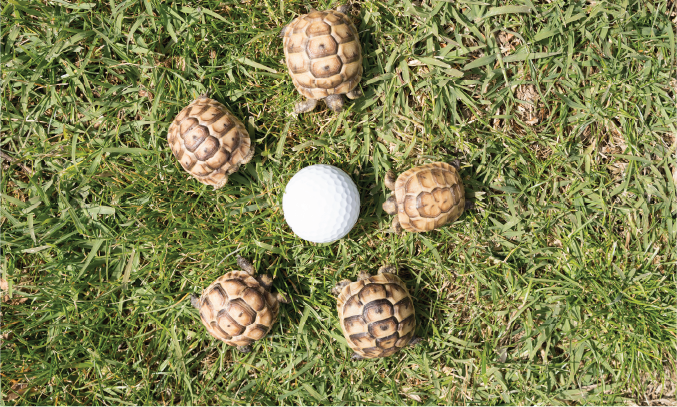
Easy-Care Native Lawn Alternative
This mix is ideal for low-maintenance native lawns or meadows. Once established, it requires minimal care—just one mowing in late spring and occasional fertilizing. Grama and bluestem grasses stay naturally short, while Buffalograss can be mowed every 2–3 weeks for a tidy look or left for a natural, meadow style. It’s pest- and disease-resistant without pesticides and needs little to no irrigation in many regions. The result is a water-saving, easy-care alternative to traditional turf, with added seasonal color and texture.

Wildlife-Friendly and Biodiversity Boosting
Beyond livestock, this blend supports a wide range of wildlife. It offers year-round cover and forage for birds, small mammals, and upland game. Seedheads feed turkeys and songbirds, while dense grass tussocks provide shelter for rabbits and quail. Prairie pollinators use clumps for nesting—Little Bluestem, for example, is a known butterfly host. Deer and elk also browse the Fescues and Western Wheatgrass in late season. In restoration projects, this mix enhances biodiversity and increases wildlife habitat value.
Resources and Tools
Articles & Guides
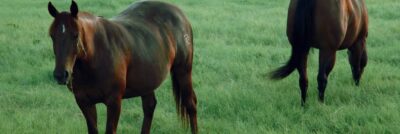
Pasture Seed Planting Guide
Questions & Answers
What is Tortoise Forage Mix and why plant it?
It’s a seed blend of 8 grass species formulated for grazing and habitat. Landowners plant it to establish productive, multi-season pastures and prairie cover in dry or marginal areas. It creates a diverse grassland that stays green longer and requires less care than single-species hay fields. The mixture is engineered to mimic natural prairies, improving forage diversity and ecosystem health on farms, ranches, or even large lawns.
Which animals will graze this mix?
This blend is well-suited for all common grazers—cattle, sheep, goats, and horses all find it highly palatable, especially species like Western Wheatgrass and Bermudagrass. It’s also used by wild herbivores like deer, elk, and historically, bison. Smaller animals, including rabbits and tortoises (in appropriate regions), can safely graze on it too. The mix is free of toxic endophytes and high-sugar varieties, making it a safe, healthy choice for diverse grazing needs.
How good is the forage?
Very good. This mix offers high-protein, digestible forage. Bermudagrass provides solid nutrition, while Tall Fescue and Orchardgrass enhance spring and fall grazing. Little Bluestem and Buffalograss stay green during summer droughts, extending the grazing season. Livestock gains—cattle, sheep, and goats—are comparable to those on cultivated pastures. Though not a turf grass, animals can safely graze 50–75% of the growth under proper management.
How should I plant and care for it?
Prepare a firm, weed-free seedbed and plant in spring (after frost) or late summer/fall in cooler regions. Drill seed ¼–½ inch deep, or broadcast at a higher rate and lightly cover. Mulching helps retain moisture. No inoculation is needed. Keep soil moist until seedlings emerge (7–21 days), then gradually reduce watering. Fertilize only if the soil is poor—this mix usually establishes well without it. Begin light grazing or mowing when plants reach 8–12 inches (typically in the second season) to encourage dense growth.
How drought-tolerant is it?
This mix is highly drought-tolerant, with many grasses adapted to dry prairies. Little Bluestem and Buffalograss stay green in heat and go dormant during extreme dryness, then revive with rain. Blue Grama and Western Wheatgrass also withstand prolonged dry spells. Even Tall Fescue, especially endophyte-free types, survives summer with deep roots. In semi-arid zones, the mix often thrives on rainfall alone. During drought, growth may pause, but the stand quickly rebounds after rain, making it a resilient choice for dryland pastures.
How to manage grazing on this pasture?
Use rotational grazing for best results. Begin grazing when grass reaches 8–12 inches in spring, removing no more than 50% of the growth. Allow 4–6 weeks of recovery before returning to the same area. Leave 6–10 inches of stubble on species like Western Wheatgrass and Orchardgrass. Buffalograss tolerates close grazing but benefits from periodic rest. Rest pastures in fall to help cool-season grasses like Fescue build reserves. This rest-rotation system keeps the stand healthy, productive, and prevents bare patches.
Still have
questions?
Our planting experts
are here to help.
customercare@naturesseed.com
Response time:
Within 1 business day
Reviews
A versatile grass seed mix for grazing and habitat, Tortoise Forage Mix combines 8 drought-tolerant species (bluestem, wheatgrass, fescues, orchardgrass, buffalograss, bermuda, blue grama) to create lush pasture from the Great Plains to the Southwest. Ideal for cattle, sheep, goats, and wildlife, it delivers year-round forage and erosion control in Zones 4–9.
| Dimensions | 0.5 in |
|---|---|
| Sun/Shade | |
| Est Rate | |
| Height | |
| Seeding Rate | |
| Uses | |
| Color | , , , , |
| Water | |
| Lowest price | |
| Coverage Area | , , |
Related Products
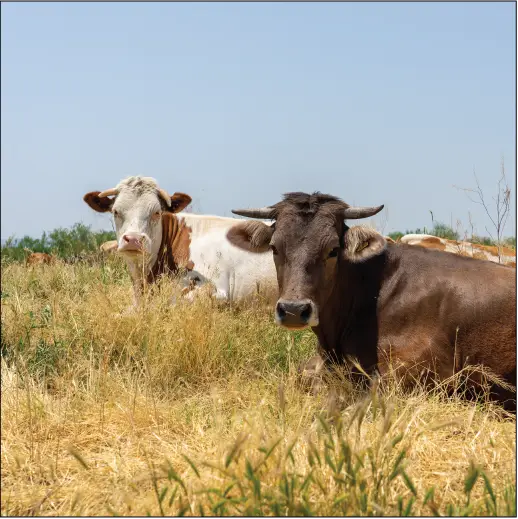

Cattle & Dairy Cow Pasture Mix for Warm Season
(4.7) - 145 reviews
$3.20/lb
Cattle
Southern USDA Regions (8-10)
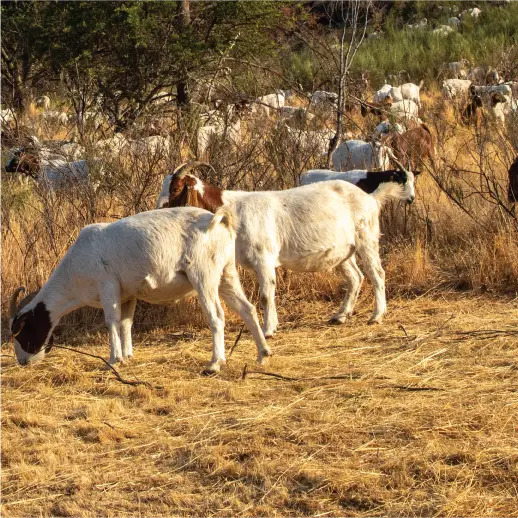

Goat Pasture & Forage Mix | Warm Season
(4.7) - 145 reviews
$4.20/lb
Goats
Southern USDA Regions (8-10)
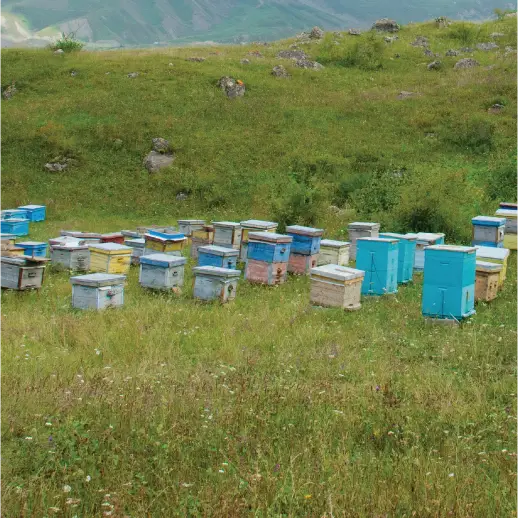
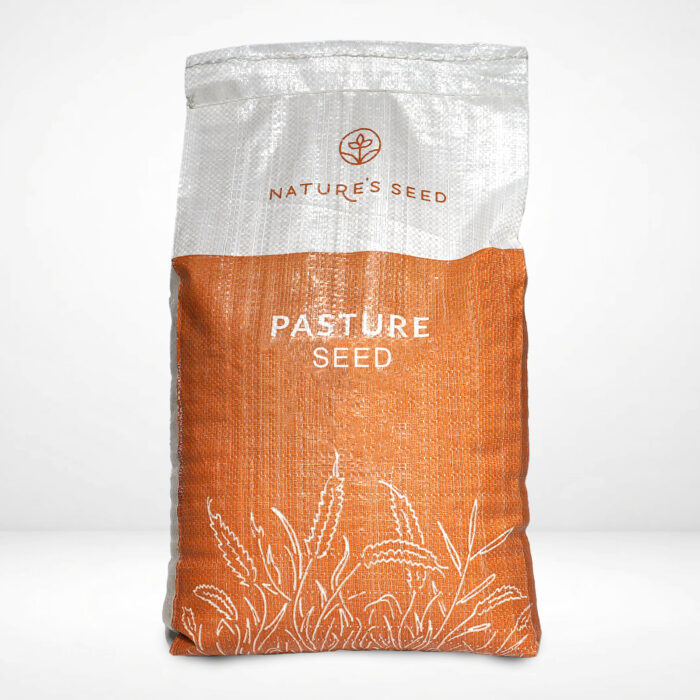
Honey Bee Cover Crop & Pasture Mix
(4.7) - 145 reviews
$10.00/lb
Honey Bee
Northern USDA Regions (3-5), Southern USDA Regions (8-10), Transitional USDA Regions (6-8)
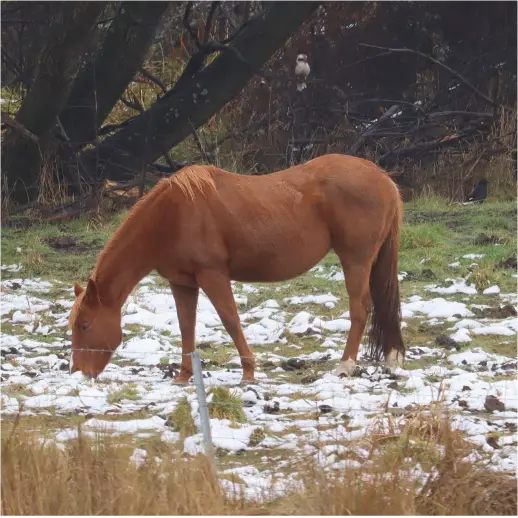

Horse Pasture Mix | Cold Season
(4.7) - 145 reviews
$2.40/lb
Horse
Northern USDA Regions (3-5)
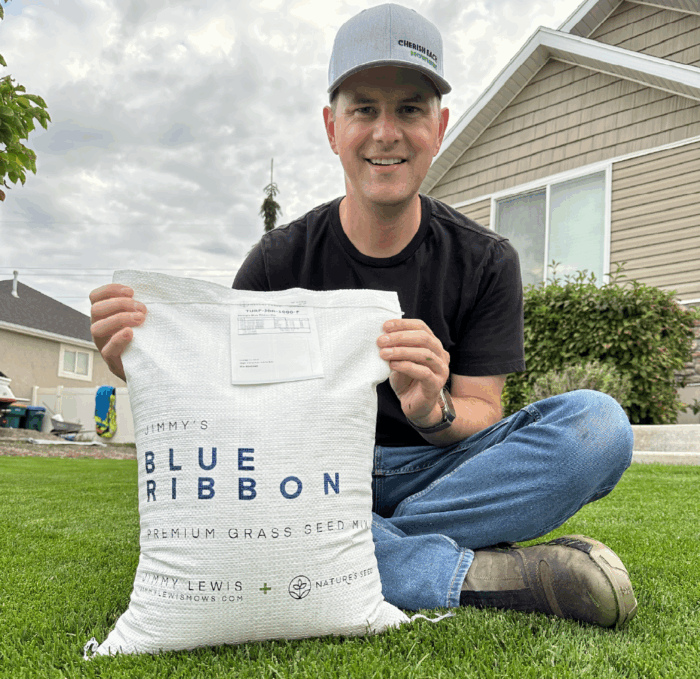
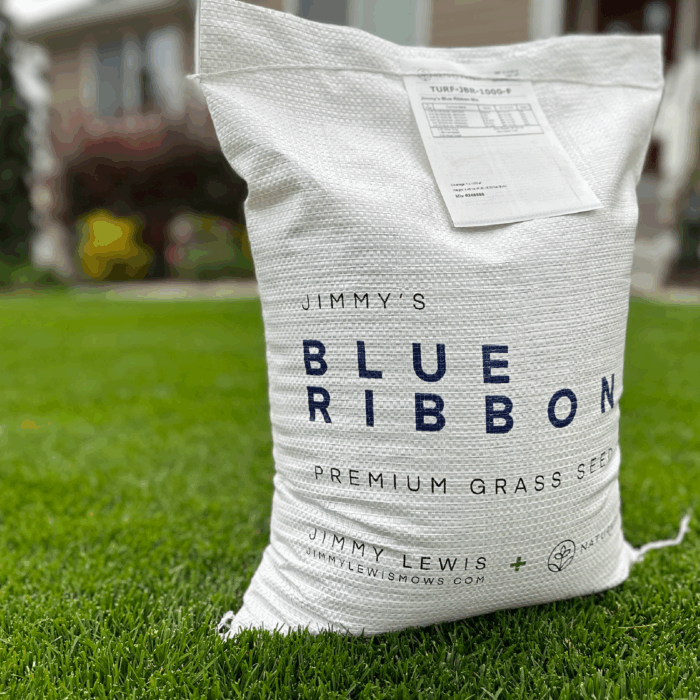
Jimmy Lewis Blue Ribbon Bluegrass & Rye Lawn Seed Mix | TWCA Certified
(4.7) - 145 reviews
$89.99
5 Lb - 1,000 Sq. FtHome Lawns; Sports Turf; Parks & Public Spaces; Golf (Fairways & Roughs); Premium / High-Visibility Lawns; Cool-Season Region
Northern USDA Regions (3-5), Transitional USDA Regions (6-8)
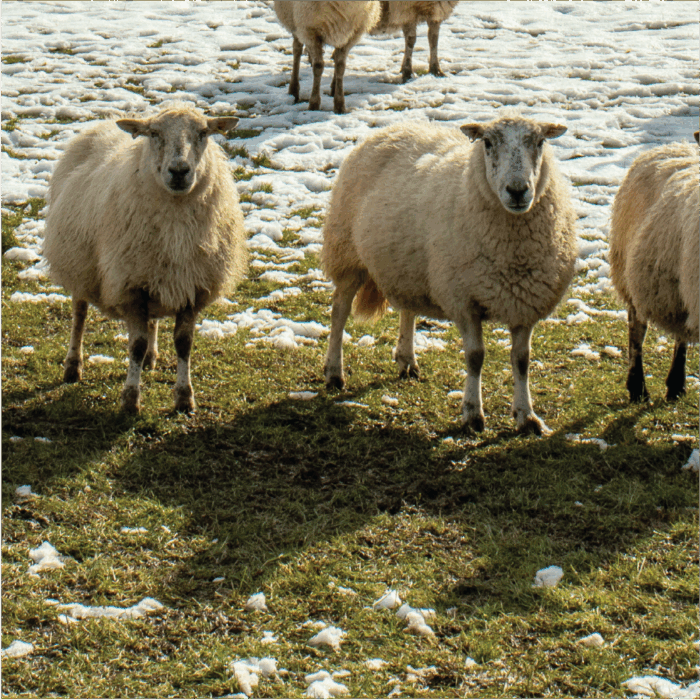
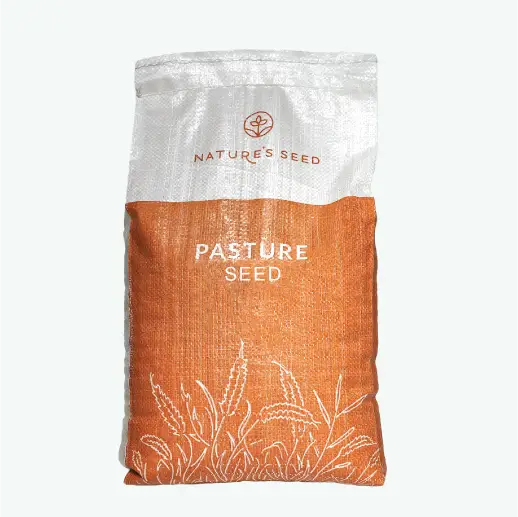
Sheep Pasture & Forage Mix | Cold Season
(4.7) - 145 reviews
$4.20/lb
Sheep
Northern USDA Regions (3-5)
